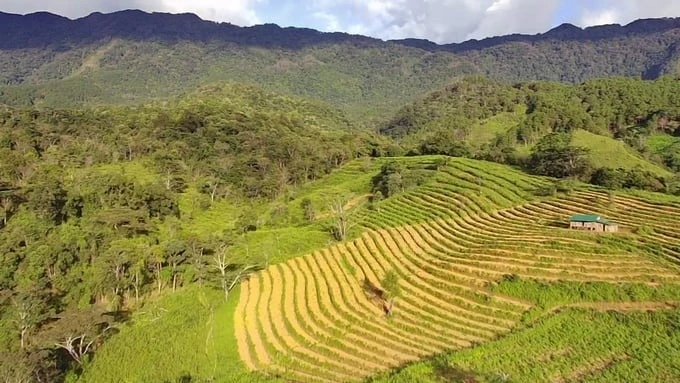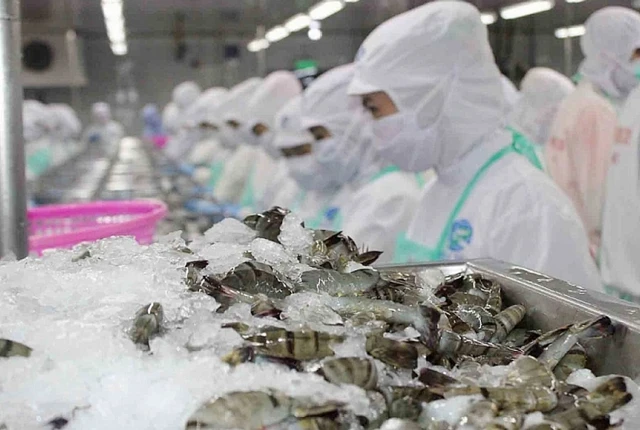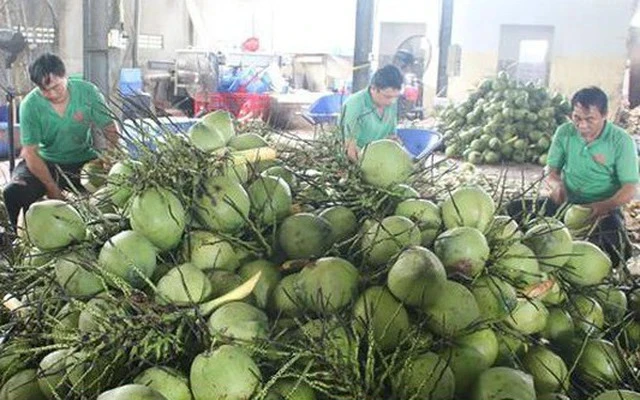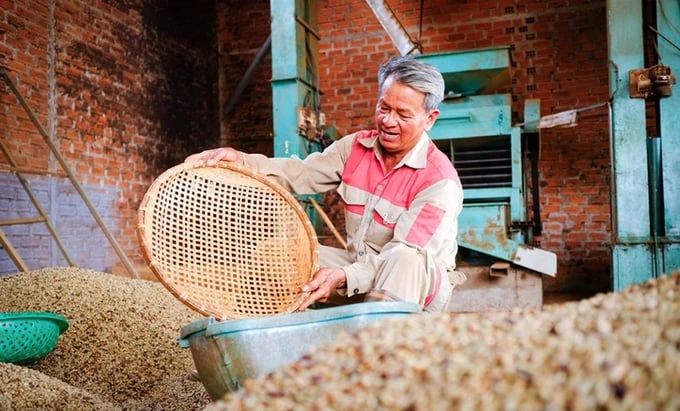
By Vietnam Expo On 16-05-2024 at 2:42 am
Xo Dang people link to grow ginger for export to Europe
'Breath of fresh air' from the ginger growing linkage model
The success story of linking ginger cultivation for export to Europe has become a source of pride for the Xo Dang people in Dak Na commune, Tu Mo Rong district, Kon Tum province.
The raw material area for growing ginger in the mountainous and forested regions of Dak Na has been carefully invested in. The land is methodically plowed into furrows and covered with plastic membranes, while ginger cultivation sites are enclosed with trellises. In Kon Trai village, many households divide tasks such as weeding and fertilizing.
The initiative to link ginger cultivation for export began in December 2021. With the goal of expanding the ginger raw material area for export, the Tu Mo Rong Agricultural and Medicinal Herb Cooperative was established. This cooperative aims to gather households in Dak Na commune to participate in a linked chain of growing ginger, turmeric, garlic, and other crops.
Mr. Ha Van Phuong, Director of the Tu Mo Rong Agricultural and Medicinal Herb Cooperative, shared that in December 2021, after conducting a survey, Dak Na commune was identified as highly suitable for developing into a ginger raw material area for export. Consequently, the Cooperative mobilized 15 households to cultivate a 3-hectare area for growing ginger and turmeric. The Dak Na Commune People's Committee supported seedlings, while the Cooperative provided assistance with planting techniques, care, and product marketing. Currently, the ginger cultivation linkage chain has expanded to over 16 hectares with 37 participating households.
To meet export requirements, the cultivation and care processes in the ginger raw material area strictly adhere to high technical standards and obtain organic certification. Collaborating with local Xo Dang people in ginger production ensures compliance with European export criteria.
Moreover, for ginger roots to be exported to European countries, the Cooperative follows several stages, including maintaining a diary on an app detailing the cultivation and care processes. This transparency allows European customers to view the product's input materials, ensuring credibility.
Mr. A Le from Kon Trai village, Dak Na commune, shared his experience as part of a cooperative group involved in ginger cultivation for the export market. Previously dependent on cassava farming, his family's economic situation was precarious. After joining the ginger cultivation model supported by the Cooperative, including seeds, fertilizers, care, and market access, Mr. A Le's family found ginger farming to be significantly more profitable. As a result, they have escaped poverty.
Likewise, Mr. A Blinh from Dak Riep 1 village, Dak Na commune, and a member of the Cooperative, shared his experience in linking with eight households to cultivate over 3 hectares of ginger. He expressed, "The ginger cultivation linkage model has brought significant economic benefits to the community." The Cooperative has committed to purchasing ginger from farmers at a price ranging from VND 7,000 to 8,000 per kilogram. Additionally, farmers receive support in the form of seeds, fertilizers, and care techniques. Mr. A Blinh noted that despite the expenses for care, ginger farming has proven more profitable compared to cassava cultivation in the past, becoming the primary crop for his family and many households in the region.
Expanding the raw material area for export

Author
Vietnam Expo
Related posts






